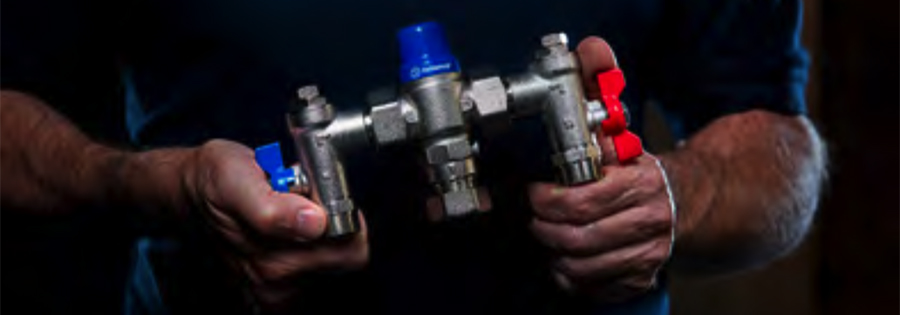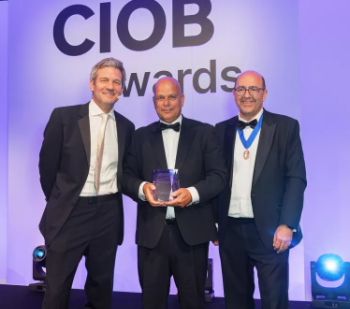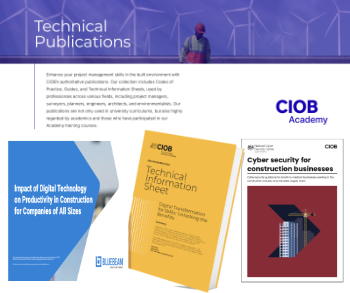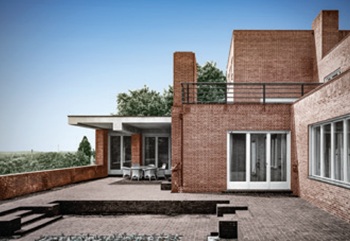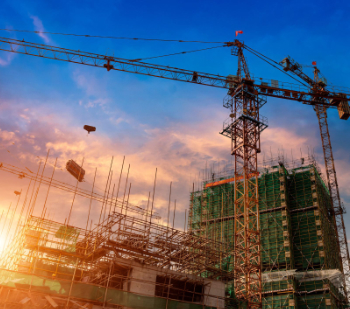Thermostatic mixing valves and water safety
Whether a homeowner or land-lord or a local council, building owners have a duty of care for those living, working, or using their facilities, which is why thermostatic mixing valves (TMV) play a crucial role in all plumbing systems. It is imperative that some form of TMV be specified for every hot water system. The main benefit of a TMV is keeping water at a safe temperature, which therefore prevents scalding and helps stop the build-up of harmful Legionella bacteria. This is achieved by mixing hot and cold-water streams together to ensure a safe temperature at the outlet.
The type of TMV required for an individual application will vary greatly on what kind of building the specification is taking place in, as domestic and commercial buildings have a different requirement to buildings in the healthcare sector.
It is recommended that in domestic and commercial environments, a TMV2 approved valve is specified, and safely installed, tested and maintained to current standards. These valves are designed to reduce the risk of scalding at outlets, while minimising the potential build-up of Legionella bacteria in the pipework that is fed from the outlet side of the valve to the tap. They are typically found under sinks and basins, and never more than 2m away from the outlet they are serving. For buildings occupied by the healthcare sector, such as hospitals, a TMV3 needs to be specified, which functions the same way as a TMV2, but undergoes more rigorous testing, both at the point of installation, as well as every six months after initial sign- off. This is to ensure the safety of the end users, who are likely to be more vulnerable to both scalding and the potential harmful infection from Legionella bacteria.
Where a TMV2 can typically only work with water pressures of 5 bar or below, a TMV3 is safe to work with 10 bars of water pressure.
Water safety in buildings, published by the World Health Organization in 2011, defines thermostatic mixing valves as: ‘Tempering valves that are typically temperature-activated. Used to mix hot and cold water to achieve a predetermined outlet temperature, and that are fitted between the water heater and the point of use to control the distribution temperature. Slightly different temperature ranges are used in some countries.’
Legionnaires' Disease - Operation and Maintenance Log Book (BG 58/2015), written by Reginald Brown and Salim Deramchi, and published by BSRIA in May 2015, defines a thermostatic mixing valve as a: ‘Mixing valve in which the temperature of the water at the outlet is pre-selected and automatically controlled by the valve.’
The above article includes an extract of "Do not get your ABCs confused – all you need to know about TMVs, PRVs and the Tenant Valve" published in the AT journal, issue 144, Winter and written by Richard Bateman, Product Marketing Manager, RWC
--CIAT
[edit] Related articles on Designing Buildings
- A guide to installing thermostatic mixing valves: what, why and how.
- Domestic hot water.
- Mechanical, electrical and plumbing MEP.
- Ofwat.
- Pipework defects, ventilation and airflow rates.
- Pipework.
- Pressure independent control valves.
- Pressure-relief valve.
- Pumps and dewatering equipment.
- Radiator.
- Tap.
- Thermostatic mixing valve.
- Types of valve.
- Types of water.
- Valve.
- Water safety plan WSP
- Water.
Featured articles and news
Places of Worship in Britain and Ireland, 1929-1990. Book review.
The emancipation of women in art.
CIOB Construction Manager of the Year 2025
Just one of the winners at the CIOB Awards 2025.
Call for independent National Grenfell oversight mechanism
MHCLG share findings of Building Safety Inquiry in letter to Secretary of State and Minister for Building Safety.
The Architectural Technology Awards
AT Awards now open for this the sixth decade of CIAT.
50th Golden anniversary ECA Edmundson awards
Deadline for submissions Friday 30 May 2025.
The benefits of precast, off-site foundation systems
Top ten benefits of this notable innovation.
Encouraging individuals to take action saving water at home, work, and in their communities.
Takes a community to support mental health and wellbeing
The why of becoming a Mental Health Instructor explained.
Mental health awareness week 13-18 May
The theme is communities, they can provide a sense of belonging, safety, support in hard times, and a sense purpose.
Mental health support on the rise but workers still struggling
CIOB Understanding Mental Health in the Built Environment 2025 shows.
Design and construction material libraries
Material, sample, product or detail libraries a key component of any architectural design practice.
Construction Products Reform Green Paper and Consultation
Still time to respond as consultation closes on 21 May 2025.
Resilient façade systems for smog reduction in Shanghai
A technical approach using computer simulation and analysis of solar radiation, wind patterns, and ventilation.
Digital technology, transformation and cybersecurity
Supporting SMEs through Digitalisation in Construction.
Villa Wolf in Gubin, history and reconstruction. Book review.
Construction contract awards down one billion pounds
Decline over the past two months compared to the same period last year, follows the positive start to the year.
Editor's broadbrush view on forms of electrical heating in context.








